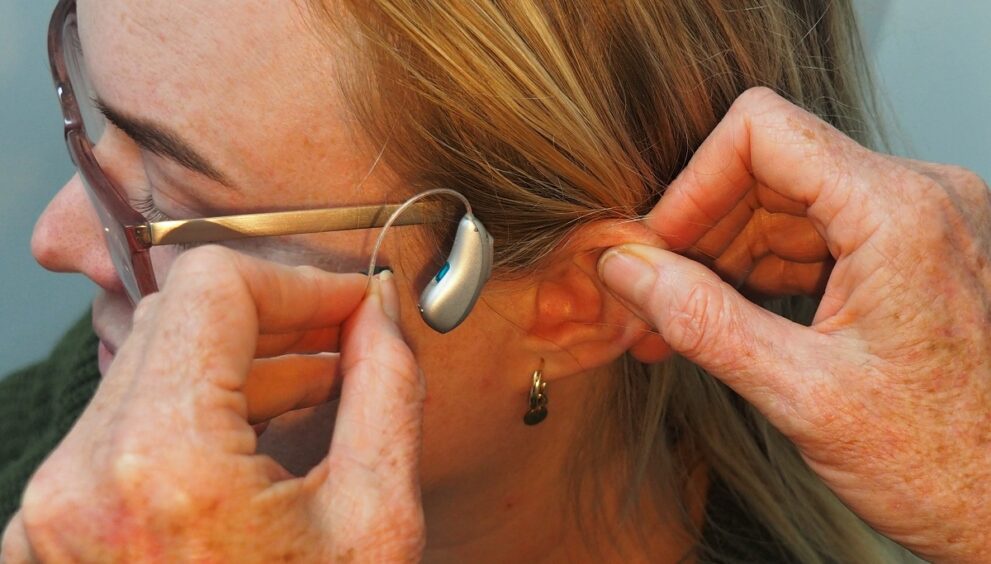Introduction
Hearing loss is a prevalent condition that affects millions of people worldwide. Fortunately, advancements in audiology and technology have made it possible for individuals with hearing impairment to regain their ability to hear and communicate effectively. One crucial aspect of this journey towards better hearing is hearing aid fitting.
Hearing aid fitting is a specialized process that ensures individuals with hearing loss receive devices tailored to their unique needs. These devices not only improve hearing but also aim to maximize comfort and performance. In this article, we will explore the significance of hearing aid fitting and the steps involved in achieving optimal comfort and performance.
Understanding the Importance of Hearing Aid Fitting
Hearing aids are not one-size-fits-all devices. Each person's hearing loss is unique, and factors such as the degree and type of hearing loss, lifestyle, and personal preferences play a significant role in determining the right hearing aid. This is where hearing aid fitting becomes crucial.
-
Assessment and Evaluation
The hearing aid fitting process typically begins with a comprehensive assessment and evaluation by an audiologist or hearing care professional. During this stage, the individual's hearing is thoroughly examined to determine the nature and extent of their hearing loss. Audiometric tests, speech audiometry, and other diagnostic procedures help in assessing the specific needs of the patient.
-
Lifestyle and Preferences
In addition to the audiometric evaluation, the audiologist will also discuss the individual's lifestyle and preferences. This includes understanding the person's daily routines, work environment, hobbies, and communication needs. Gathering this information helps in recommending hearing aids that align with the individual's lifestyle and preferences.
-
Selecting the Right Hearing Aid
Based on the assessment and lifestyle information, the audiologist will recommend suitable hearing aids. There are various types of hearing aids available today, including behind-the-ear (BTE), in-the-ear (ITE), in-the-canal (ITC), and completely-in-the-canal (CIC) devices. The choice of hearing aid style and features depends on the individual's hearing needs and personal preferences.
-
Customization and Programming
Once the appropriate hearing aids are selected, they need to be customized and programmed to the individual's hearing profile. Modern digital hearing aids offer a high degree of customization. The audiologist will adjust settings such as amplification levels, noise reduction, and feedback management to ensure optimal performance.
Maximizing Comfort
Comfort is a key factor in hearing aid success. Uncomfortable hearing aids are less likely to be worn consistently, leading to suboptimal results. Here are some ways hearing aid fitting maximizes comfort:
-
Proper Fit and Comfortable Materials
Hearing aids should fit comfortably in or behind the ear. Audiologists take precise measurements and may create custom molds to ensure a snug fit without causing discomfort. They also consider the materials used in the hearing aid construction to minimize irritation and itching.
-
Eliminating Feedback and Whistling
An important aspect of hearing aid fitting is eliminating feedback and whistling sounds. Modern hearing aids incorporate feedback cancellation technology, but fine-tuning is necessary to ensure these unwanted noises are minimized or eliminated entirely.
-
Comfortable Ear Tips and Domes
For in-the-ear and in-the-canal hearing aids, choosing the right type of ear tips or domes is essential. These components should be comfortable and properly sized to avoid discomfort or pressure on the ear canal.
Maximizing Performance
Hearing aid performance directly impacts the individual's ability to hear and communicate effectively. Achieving optimal performance involves several steps:
-
Real-Ear Measurement
Real-ear measurement is a critical step in hearing aid fitting. It involves using a tiny microphone placed in the ear canal to measure how sound is amplified by the hearing aid in real-world situations. This measurement allows the audiologist to fine-tune the hearing aid settings for each individual's unique ear anatomy and hearing needs.
-
Speech Mapping
Speech mapping is another technique that audiologists use to ensure that hearing aids are providing the necessary amplification for speech clarity. This involves playing recorded speech through the hearing aids and making adjustments to ensure that speech sounds are audible and clear.
-
Fine-Tuning for Noise Reduction
Modern hearing aids are equipped with advanced noise reduction features. Audiologists can fine-tune these settings to ensure that the hearing aids focus on amplifying speech while reducing background noise, making it easier for the individual to hear conversations in noisy environments.
Conclusion
Hearing aid fitting is a crucial step in the journey towards improved hearing and communication. It involves a thorough assessment, customization, and programming to maximize comfort and performance. By working closely with a skilled audiologist, individuals with hearing loss can experience the transformative benefits of hearing aids tailored to their unique needs and preferences. Remember, a well-fitted hearing aid not only restores hearing but also enhances the overall quality of life by ensuring comfort and optimal performance.
Read more articles: https://banalmagazine.com/2023/08/28/step-by-step-process-of-hearing-aid-fitting-what-to-expect/
https://techplanet.today/post/unleash-the-fury-of-the-gods-with-god-of-war-pre-workout
https://techplanet.today/post/understanding-the-semen-retention-timeline-what-to-expect
https://techplanet.today/post/falcon-wire-in-renewable-energy-powering-the-future
https://techplanet.today/post/relaxing-rain-sounds-for-deep-sleep-and-meditation


No comments yet